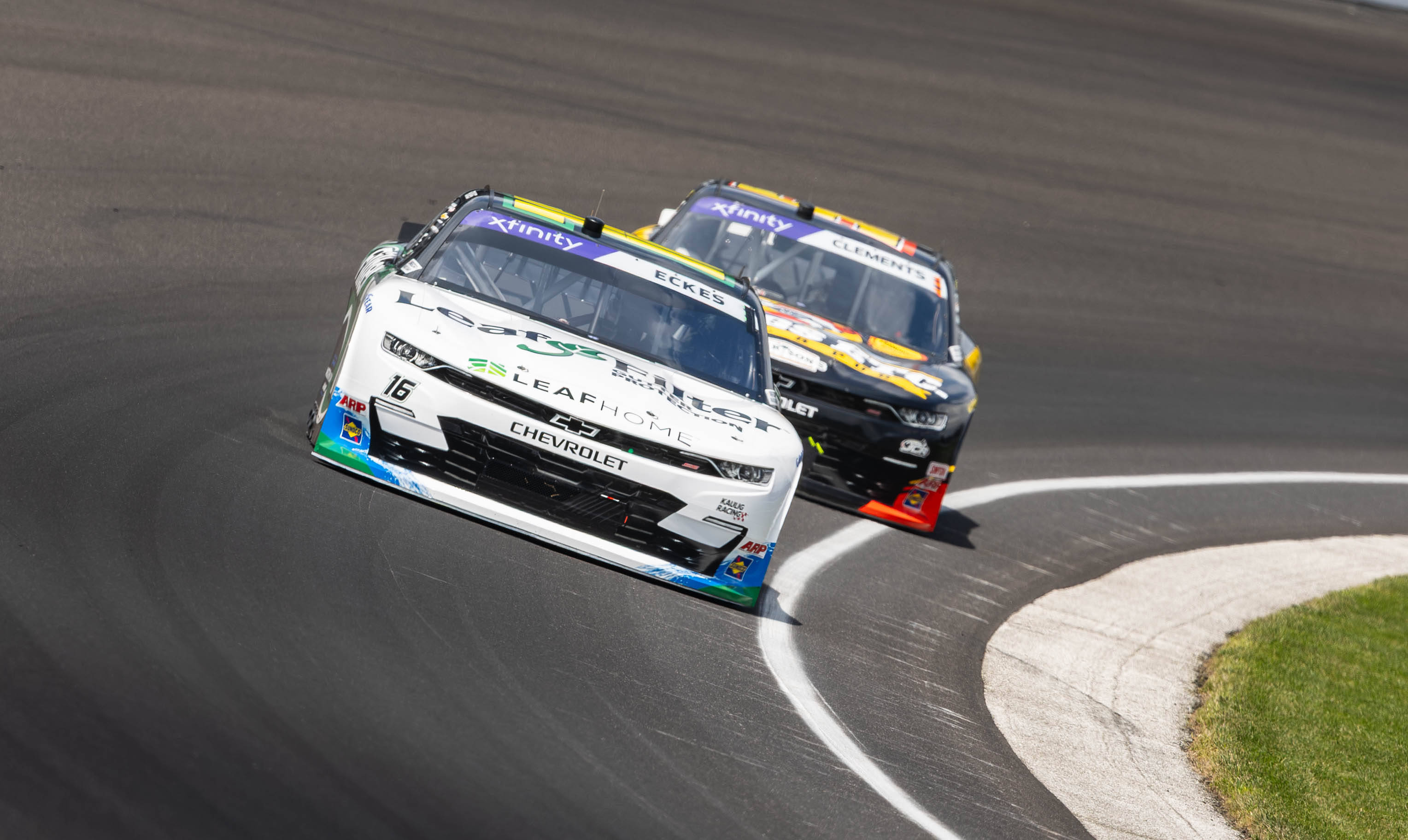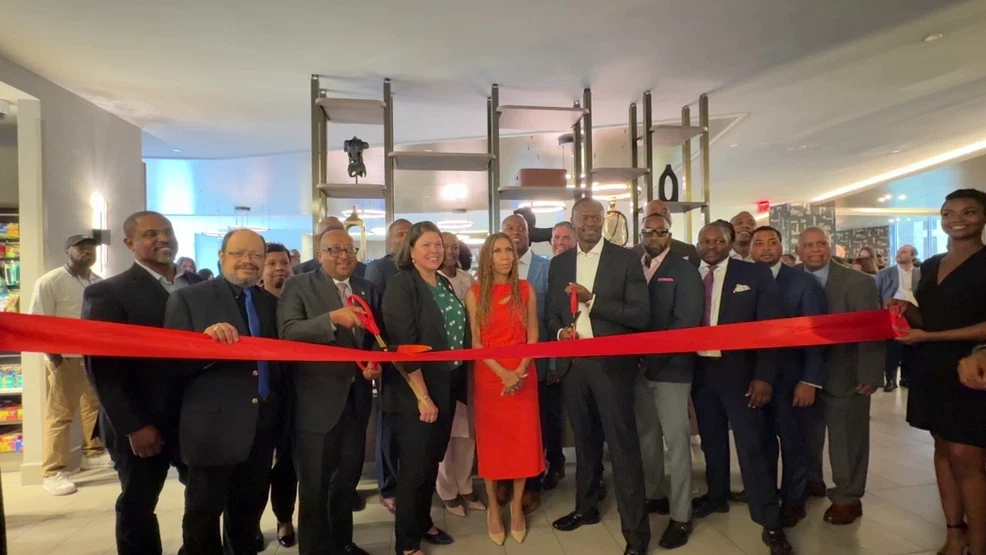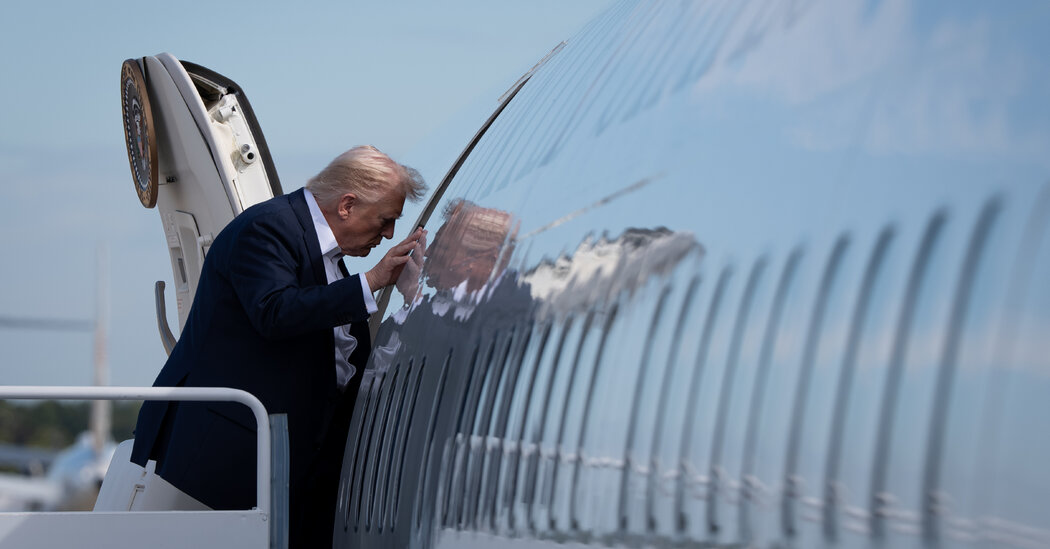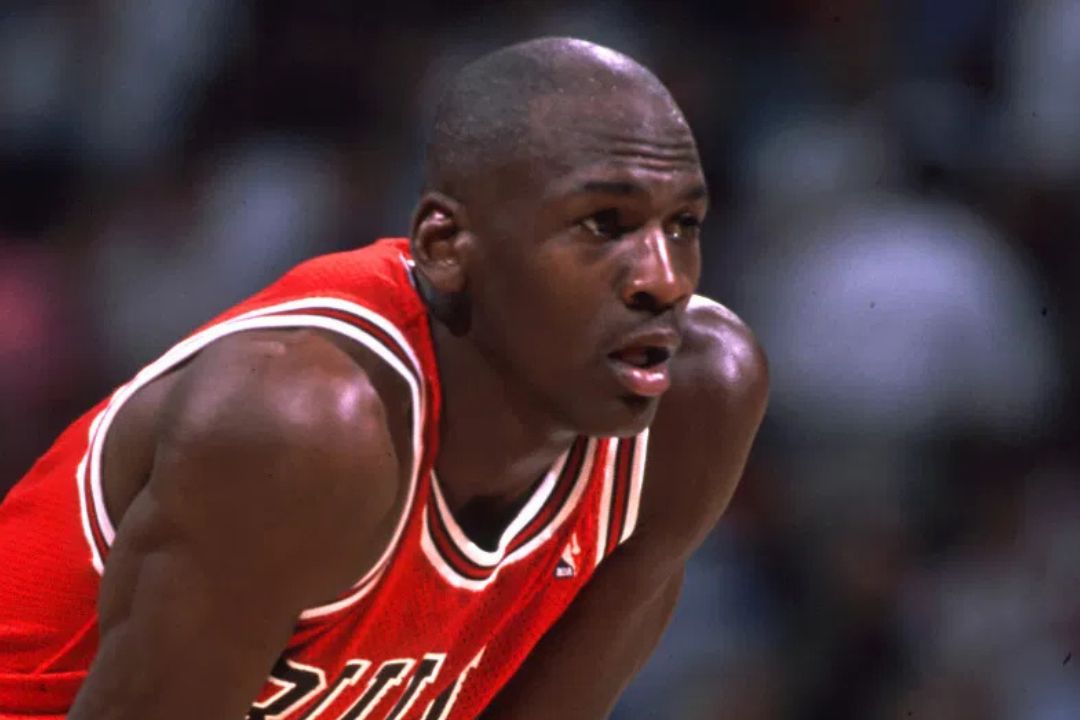
We all know that NASCAR has changed over the years. For a sport that traces its origin to moonshine runners during Prohibition, the stock car racing series has evolved, and the barrier for entry has never been higher. Charters, which were once worth only a few million dollars, can now reach $30–$40 million each, and the costs of staffing, engineering, and data analytics have been rising annually.
For teams like Hendrick Motorsports, Team Penske, and Joe Gibbs Racing, the challenge is real but manageable, thanks to their deep manufacturer ties and long-term sponsors. But for others, especially those who would be described as ‘Middle Class’ in the NASCAR world, survival is becoming increasingly uncertain.
We’re not talking about the ‘underdog’ teams that somehow make championship runs, or the field fillers who show up every weekend. But the ones that challenge for the top-10 get the occasional upset win, and add some depth and unpredictability into the sport. Without them, NASCAR would fundamentally change as a sport, making it imperative that the sanctioning body take drastic steps towards promoting sustainability.
ADVERTISEMENT
Article continues below this ad
Defining NASCAR’s middle class
NASCAR simply wouldn’t be the same without its mid-tier teams. Back in the mid-2000s, the likes of Roush Fenway Racing occupied that space, a team that was still competitive but not the same as its early 2000s peak. Stewart-Haas Racing also operated in a similar role from 2018 to 2023, securing the occasional win and making a playoff run, even contending for the titles. Then the likes of Kaulig Racing, Front Row Motorsports, and Petty GMS Racing shared a similar role.
ADVERTISEMENT
Article continues below this ad
These teams are not just fillers on the grid. They add more depth in the Cup, Xfinity, and even the Truck Series, occupy the playoff spots, and pull off surprising results. It’s what makes the sport interesting and produces exciting storylines. The ‘Middle Class’ also helps in driver development, with Chris Buescher making a name for himself at Front Row and Roush before becoming a proven Cup Series winner, while Aric Almirola learnt his trade at Richard Petty Motorsports. Even Kevin Harvick developed his racecraft at Richard Childress’ team before becoming a champion at Stewart-Haas Racing.
From an economic standpoint, these teams occupy an important spot. They have enough sponsorship support to fund full-time teams, but not nearly enough to dominate on track. They have enough visibility and heritage to have a certain section of the fanbase rooting for them, but not the kind that would make them ‘heavyweights’ in the NASCAR world. Such teams have always existed in the stock car racing world, but the ecosystem is making it increasingly difficult for them to operate.
Read Top Stories First From EssentiallySports
Click here and check box next to EssentiallySports
The structural squeeze
In some ways, the current NASCAR system is designed to pressure the ‘Middle Class’ from all directions. It all comes down to the charter system. Back in 2016, the sanctioning body introduced charters to give teams equity, financial stability, and guaranteed entry for Cup Series races. Initially, they were trading for under $10 million, but recent estimates point to a figure four times that. This makes it almost impossible for new ownership groups to enter at a middle-class level.
Manufacturers also have their own priorities. Toyota maintains a lean stable of Cup Series teams, with its resources being focused on Joe Gibbs Racing and 23XI. Ford’s priorities are towards Team Penske, which has dominated the Next-Gen era. Meanwhile, Chevy has many teams under its umbrella, but gives preference to Hendrick Motorsports and Trackhouse Racing. This leaves the mid-tier teams struggling for the same technical support, chassis access, or engineering data as the other, better-funded teams.
Sponsorship requirements are also another problem. Blue-chip sponsors want to invest their money into teams that guarantee playoff appearances and television time, making it even more difficult for the mid-tier teams to operate. For many of them, missing out on postseason can mean millions lost in funding, which can make or break the season. Just look at Kaulig Racing, for instance; they’ve cycled through multiple primary sponsors since moving to the Cup Series, relying on short-term agreements just to survive. Even Front Row is struggling for long-term partnerships, despite having a Daytona 500 winner, Michael McDowell, as a part of their driver line-up.
Why does the middle class matter?
NASCAR shifts fundamentally if the ‘Middle Class’ disappears. Much of the drama that comes with the playoffs and the elimination-style format comes from these teams, which means eliminating them will completely shift the dynamic. Nobody expected Wood Brothers Racing’s Josh Berry to qualify for the playoffs this year, while Ty Dillon’s In-Season Challenge run and his Round of 16 appearance were a welcome change. Shane van Gisbergen’s road course dominance also earned him a place in the postseason, bringing a different dimension to the final 10 races of the year.
The middle class is also key to driver development. Mid-tier teams provide opportunities to up-and-coming racers, specifically those who aren’t ready for elite teams just yet. Even the likes of Corey LaJoie, Ty Dillon, and Daniel Hemric, who might not have turned into stars, got valuable experience in this tier. Talent isn’t enough to survive at the top level, as the pressure of performance can become burdensome if representing top-tier teams. Which is why the mid-pack teams are seen as an ideal spot for such drivers when they start early in the Cup Series.
Fans also connect with the mid-tier teams in unique ways. Regional identity and sponsor relatability are strongest in the ‘Middle Class’, with Front Row Motorsports partnering with Love’s Travel Stops or A&W, and Kaulig Racing tying up with regional brands. NASCAR has become the sport it is today because of underdog wins, and if only two or three teams can compete for race wins every week, it’ll make stock car racing boring and predictable.
The risk of a two-tier system
There’s a real danger that NASCAR could eventually evolve into a two-tiered system, where a handful of superteams challenge for wins week in and out, while a field of part-timers and filler teams occupy the rest of the grid. This will make the sport much more predictable, especially if fans aren’t able to see underdog runs and surprise results anymore. It’ll also collapse the development ladder, as young drivers will either enter elite teams too early or not get opportunities altogether.
This will affect the sustainability of the sport, as future talent won’t be able to make its way to the highest level at the right time. Meanwhile, regional sponsors, who once supported mid-tier teams, will walk away if they can’t justify a return on investment, creating a domino effect that will ultimately affect the drivers, fans, and the entire NASCAR ecosystem.
Is there a way to save it?
There aren’t easy solutions to this problem. Perhaps the charter system could be revised to provide benefits to 1 or 2 car teams, while cost containment measures can be introduced to level the playing field. Just like Formula 1, which has introduced cost caps, NASCAR could explore ways to ensure the majority of resources aren’t taken by teams at the very top. Manufacturers can also provide more support for teams that aren’t ‘elite’.
From a media standpoint, networks can also provide more coverage to the ‘Middle Class’ to make sure sponsorship opportunities are easy to come by. Back in the 2000s, NASCAR actively promoted teams and drivers to build superstars, and the sanctioning body can take a leaf out of its own book to make the sport more sustainable for organizations that are struggling to remain relevant.
ADVERTISEMENT
Article continues below this ad
What’s at stake?
While the likes of Dale Earnhardt and Jimmie Johnson put the sport on the map, the NASCAR story is also about these mid-pack teams. It is about racers who desperately fight for a top-10 spot, pull off upsets at Daytona or Talladega, and mount an unlikely playoff run that are equally a part of the sport. The ‘Middle Class’ has been the anchor that holds the sport together, giving new drivers opportunities and exposure while making the stock car racing series more competitive.
Years ago, the charter system was introduced because the sport was becoming too predictable. NASCAR runs the risk of having a similar problem this time, especially if the mid-tier teams vanish. Ultimately, the sport has never been for the elite, by the elite. It has working-class roots, and the teams that stretch their budget to remain competitive and struggle for sponsorships make the sport great.



